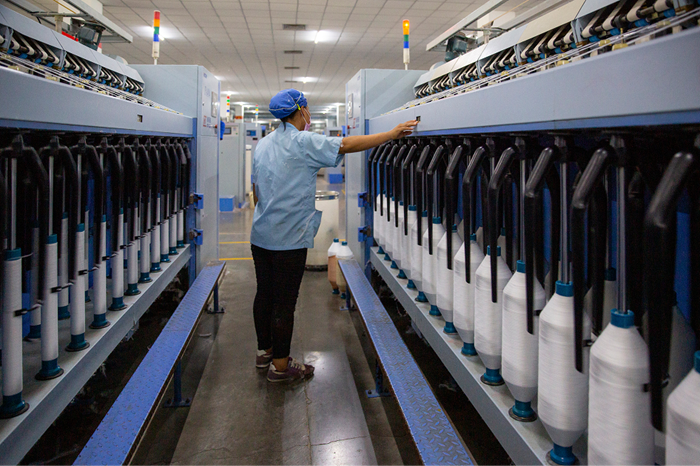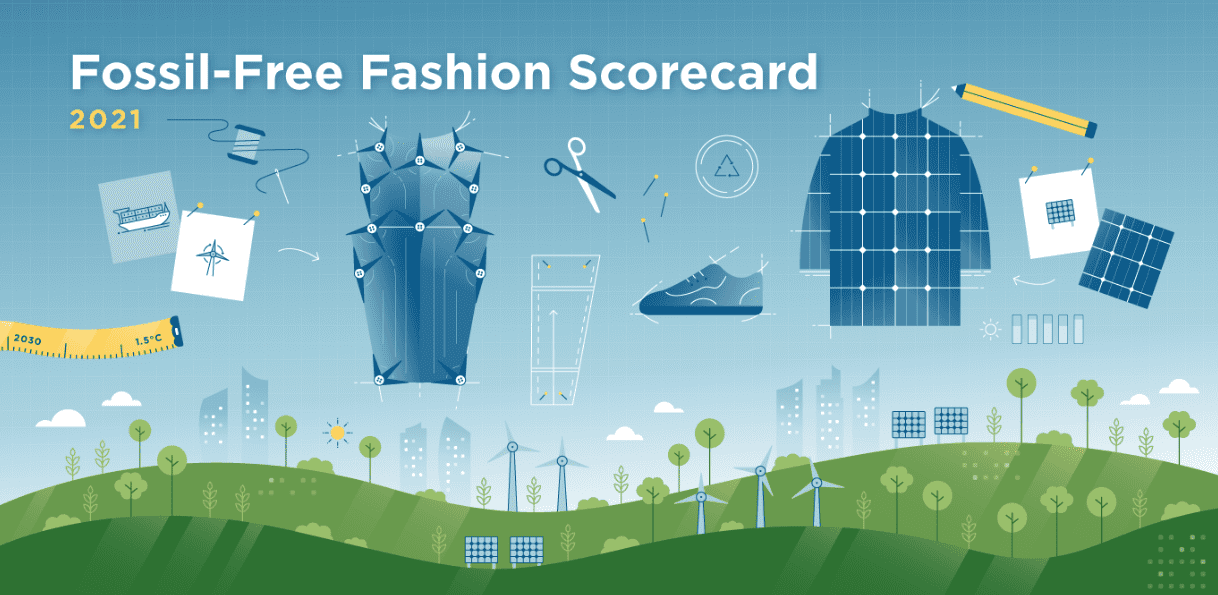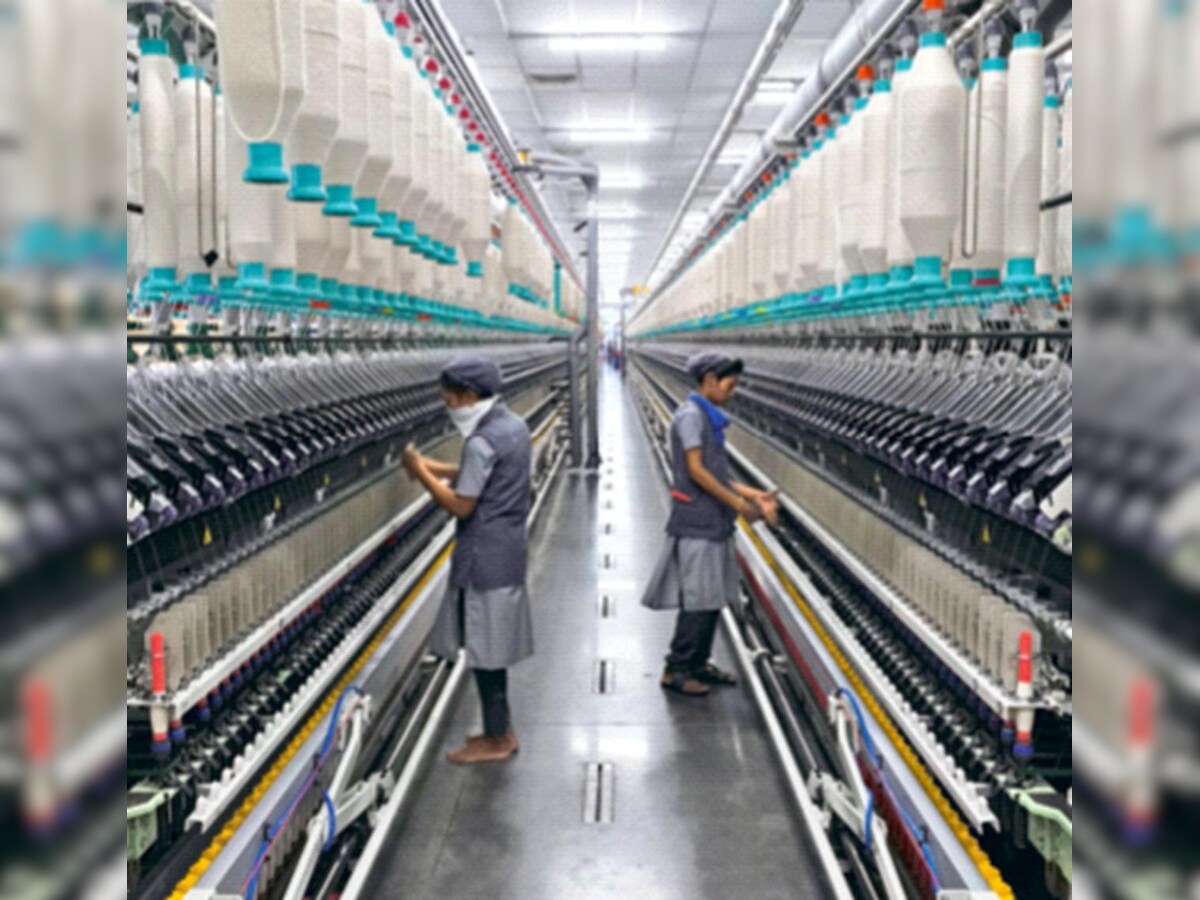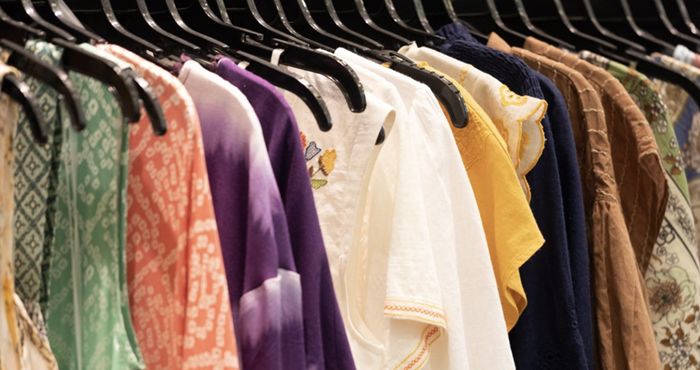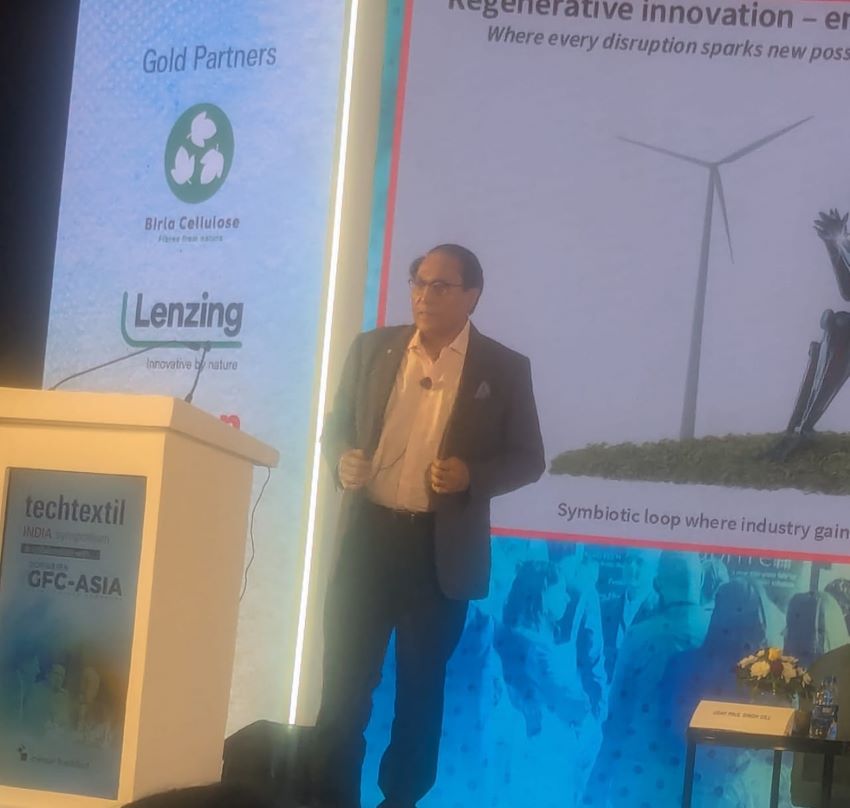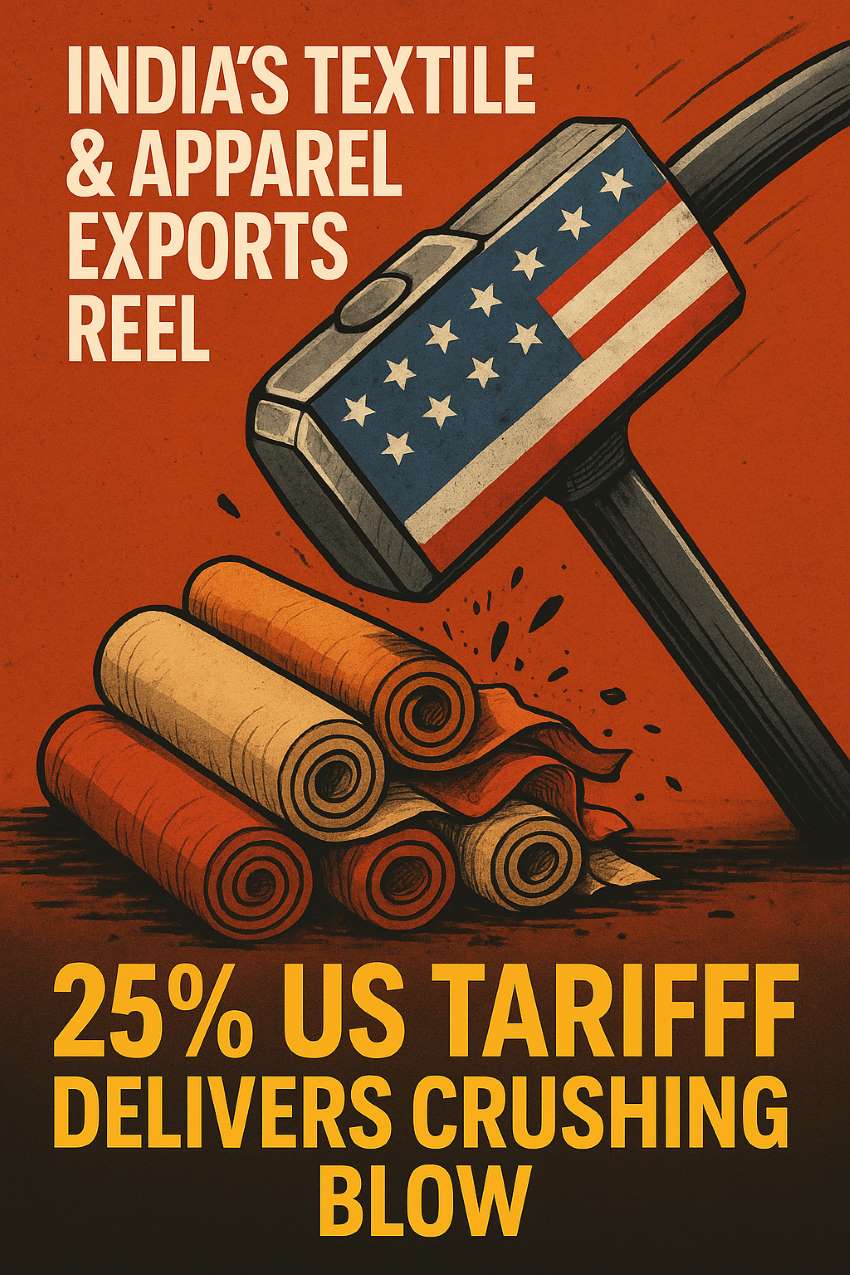
The United States' announcement today of a sweeping 25% tariff on a wide range of Indian goods, effective August 1, 2025, has sent shockwaves through India's export-oriented sectors. While the new duties cover diverse industries from automobiles to electronics, the textile and garment sector, a cornerstone of India's manufacturing and employment, faces a particularly challenging new reality. This aggressive move by the Trump administration, citing "obnoxious" non-tariff barriers and India's continued ties with Russia, fundamentally alters the competitive landscape for Indian exporters in the crucial US market.
Sanjay K. Jain, Chairman of the ICC National Textiles Committee, offered his perspective on the development: "The recently announced tariff by the USA of 25% plus penalty for buying from Russia. That plus is yet to be defined. But overall, it's not good news for India. 25% is still manageable as Bangladesh has 35%, China has 30% plus. But Indonesia and Vietnam, two of our competitors are at 20% plus the EU is lower than that. However, the more worrisome thing is the plus. We don't have it defined. How much is it going to be? I hope this plus is not defined and we stay at 25% where we'll still be almost in equilibrium with our overall, if you see on the average with our competitors for textiles, mainly home textiles and apparels."
Historically, the US has been a vital destination for Indian textiles and apparel, with exports surpassing $2.5 billion in 2025. India's share in the global apparel market, while having seen recent growth, stood at 2.94% in 2024, down from 4.05% in 2017, largely due to intensifying competition from other Asian players. The imposition of a 25% tariff on top of existing duties will now significantly erode India's price competitiveness, forcing exporters to re-evaluate strategies, absorb costs, or desperately seek new markets.
India's Tariff Nightmare: An instant disadvantage
Prior to today's announcement, import duties on Indian goods in the US were generally much lower, often below 3% for many product categories. With the addition of a 25% tariff, Indian textile and garment products will now face a significant hurdle, making them considerably more expensive for American buyers.
This situation puts India at a distinct and immediate disadvantage compared to its major competitors in Asia, who face varying tariff regimes with the US.
The Battlefield: Asian rivals and their US tariff edge
Here's a breakdown of the current tariff situations for India's key competitors in the US textile and garment market, as of today, July 30, 2025:
● Brazil: 50%.
● Myanmar: 40%.
● Thailand: 36%.
● Cambodia: 36%.
● Bangladesh: 35%.
● Canada: 35%.
● South Africa: (Tariff not specified in provided data).
● Sri Lanka: 30%.
● Libya: 30%.
● Iraq: 30%.
● Mexico: 30%.
● South Korea: 25%.
● Malaysia: 25%.
● Kazakhstan: 25%.
● Tunisia: 25%.
● Brunei: 25%.
● Philippines: 20%.
● Vietnam: 20%.
● Indonesia: 19%.
● EU: 15%.
● Japan: 15%.
Hard Numbers: Export Values and Their New Tariff Shackles
|
Country |
2024/2025 US Textile & Garment Exports |
Effective US Tariff (Approximate) |
|
China |
Substantial (declining) |
30+% (Minimum) |
|
Vietnam |
Growing (H1 2025: $18.67B) |
20% |
|
India |
$2.5B |
25% + Penalty |
|
Bangladesh |
$7.34B |
35% |
|
Indonesia |
Significant (declining for some) |
19% |
Note: Export figures are approximate and represent recent annual or half-yearly data where available. Tariff rates are as of today, July 30, 2025, and are subject to change based on specific product categories and ongoing trade negotiations.
Fallout and Future: India's uphill battle
The 25% tariff is a crippling blow to India's textile and garment industry. Exporters will face immense pressure to either absorb the increased cost, which will severely impact their already thin margins, or pass it on to US buyers, making their products virtually uncompetitive. This could lead to:
● Aggressive market diversification: Indian exporters will likely intensify efforts to explore and aggressively expand into non-US markets, particularly Europe, where they might find more favorable trade terms.
● Urgent product re-engineering and value addition: To counter the tariff burden, Indian manufacturers may be forced to focus on higher-value products or niche segments where quality and design can command a premium, making the tariff less impactful on overall pricing.
● Desperate government intervention and negotiations: The Indian government will be under immense pressure to engage in urgent, high-stakes diplomatic efforts with the US to seek a rollback or significant reduction of these tariffs. This could involve addressing US concerns regarding trade barriers and geopolitical stances.
● Accelerated supply chain exodus from India: US buyers, already diversifying away from China, now have another complex layer to their sourcing strategies. They may further accelerate shifts towards countries like Vietnam or other ASEAN nations that offer relatively lower tariff burdens, even if it means significant adjustments to their existing supply chains with India.
Sanjay K. Jain expressed a cautious optimism, stating, "I don't see India's exports going down. Still due to China being the largest and still having Bangladesh, both of these countries still have higher tariffs. I think so we still are positive, but the positive has been diminished to a very small extent from what we all were expecting." He added, "We were expecting India to also get a 20% tariff rate, just like Vietnam and Indonesia, which would have put them at par and been good relative to other countries. So I don't see this as a negative. It's just a disappointment from what positivity we were seeing."
The textile and garment industry, a major employer in India, particularly for MSMEs, stands at a critical juncture. The newly imposed 25% tariff, coupled with the varied and often more favorable tariff situations of its competitors, necessitates a rapid and strategic response from both the industry and the Indian government to navigate this challenging new global trade landscape. The coming months will reveal the true extent of the shift in US sourcing patterns and India's ability to adapt to this significant trade barrier.


